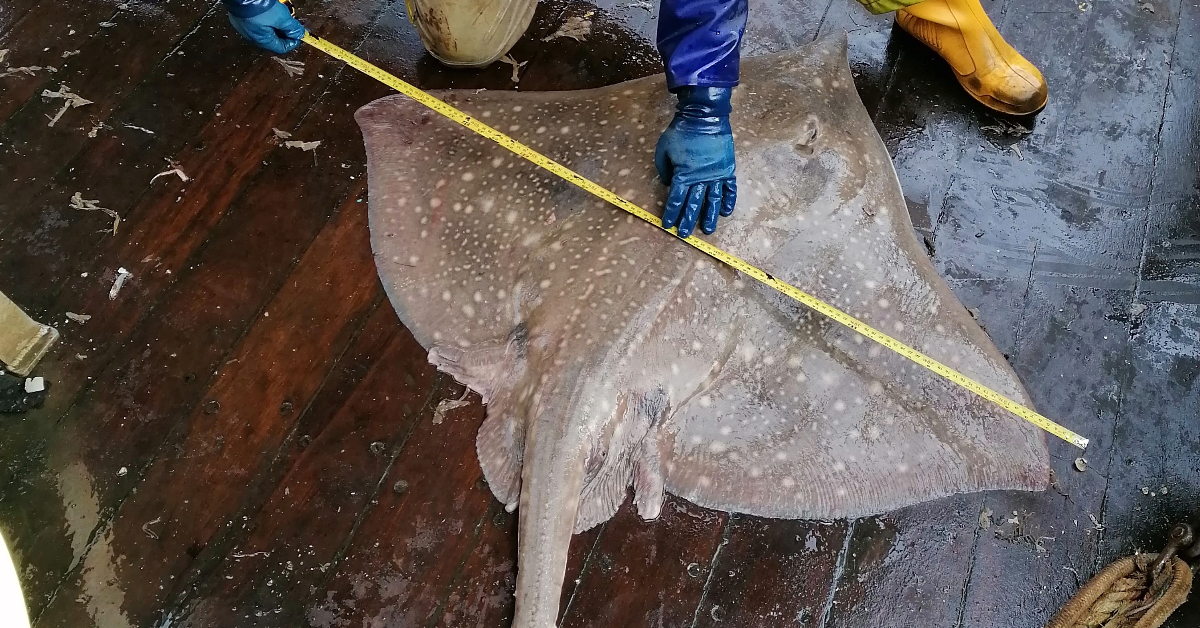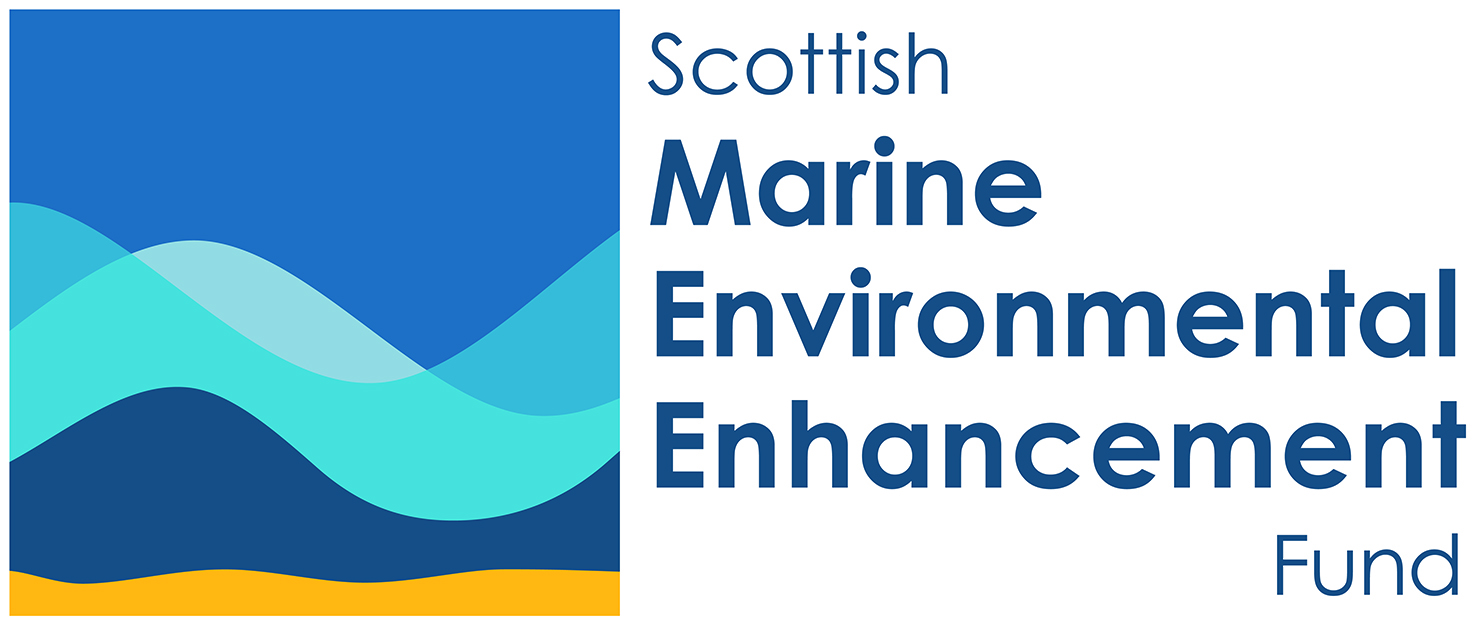Shetland Flapper Skate Tagging Project
SHETLAND FLAPPER SKATE TAGGING PROJECT
The Marine Science team at UHI Shetland were recently successful in securing funding from the Scottish Marine Environmental Enhancement Fund (SMEEF) to run a two-year project tagging Europe’s largest skate species, the flapper skate, in the seas around Shetland. They will spend time tagging as many flapper skate as possible with the hope of receiving reports from commercial fishers and hobby anglers when a tagged skate has been recaught. This will allow the team to gain a vital insight into the lives of these marine giants and help answer questions such as: do they migrate or stay in the same areas over time? How quickly do they grow? How abundant are they locally?
How you can help
Have you caught a tagged skate?
If you catch a tagged skate, we would be very grateful if you could let us know by providing the following information:
- Tag number
- Length (from nose tip to tail tip) or width (maximum distance across wings)
- Location (lat/long or grid reference if possible)
- Date
Are you an angler? Could you help us by letting us join an angling trip?
We are trying to increase our coverage by joining anglers on some of their trips to tag skate catches. If you are an angler and would be willing to help us further our survey coverage, please contact us.
WhatsApp: 07385433508
TEL: 01595 772000
EMAIL: tags.shetland@uhi.ac.uk
What are Flapper Skate?
The flapper skate (Dipturus intermedius) is the largest and most endangered skate species in Scottish waters. They can grow up to 2.85m in length and, due to this, are often referred to as ‘barn door skate’.
They occur in coastal waters on soft sandy substrates, and hard, gravelly/rocky ground. They can be found at depths as shallow as 20m up to a maximum of 1,500m but most commonly at 200m.
Up until 2010, the flapper skate and blue skate were classified as one species, the ‘common skate’ but were split in 2010 after it was confirmed that they were taxonomically separate species. Consequently, population data is limited for these species.
We do know that they are distributed across the eastern North-Atlantic, northern North-Sea including Orkney and Shetland, northwest coast of Scotland, and the West coast of Ireland.
Currently, we know very little about their movements around Shetland and whether there are areas used for specific purposes such as breeding, egg laying, nursery areas for young skate or favoured feeding areas.
Their diet consists of benthic invertebrates and demersal fish. Females lay approximately 40 egg cases in spring/summer on a 2-year cycle. They eggs take approximately 18 months to hatch.
Watch a compilation video of the project so far

